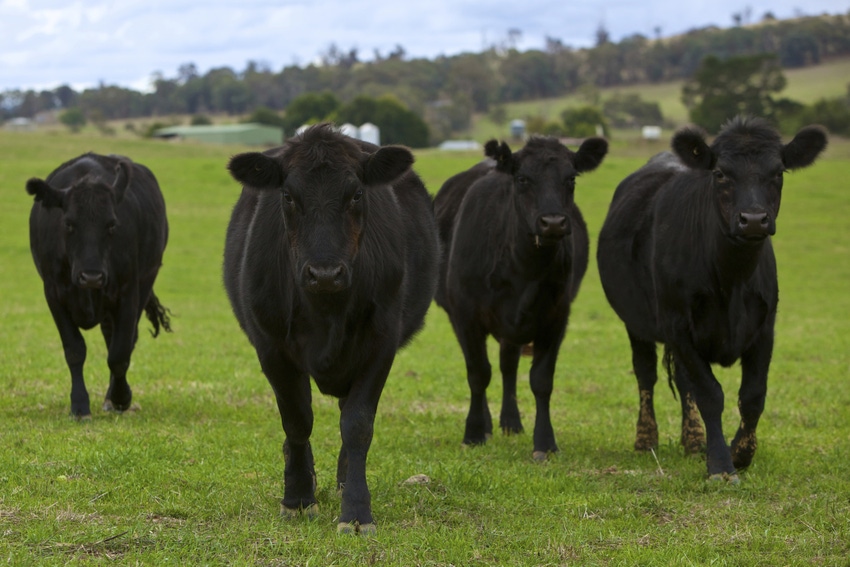Stocker producers can protect profits by evaluating BRD treatment strategies.
October 5, 2020

While every sector of the beef cattle industry has been affected by the COVID-19 pandemic, the impact specifically for the stocker segment is estimated at a loss of $159.98 per head, which equates to $2.5 billion in damage to the entire sector, according to Boehringer Ingelheim, citing data from Oklahoma State University.
Volatile cattle prices and decreased margins make managing bovine respiratory disease (BRD) imperative to protecting the profitability of stocker operations, Boehringer Ingelheim added.
“Stocker producers have taken a huge hit on the value of their calves. Getting cattle sold at a reasonable price and purchasing enough cattle to maintain an adequate revenue stream has been a big challenge,” Boehringer Ingelheim veterinarian Dr. Mike Nichols said. “Any losses from disease or death can further take away from the value of all calves in a given group.”
With a group of high-risk calves, it’s common to take a conservative approach to ensure that all animals are protected from sickness whenever possible. Producers receiving high-risk cattle can reduce the threat of disease by implementing metaphylaxis — treating cattle upon arrival with a rapid-response antimicrobial. However, it’s important to understand that some calves treated metaphylactically may not have succumbed to BRD and, therefore, may not benefit from antibiotic metaphylaxis.
“Whether or not a group of calves should receive metaphylactic treatment will vary with each load,” Nichols said. “There are many factors to consider before making the decision to administer an antibiotic to an entire group of calves.”
The first step in any targeted metaphylaxis program is to work with a veterinarian to develop a plan that objectively evaluates incoming cattle, Boehringer Ingelheim said. The plan should outline the exact criteria needed to select cattle for metaphylaxis. Typical selection criteria for metaphylaxis may include the age and weight of cattle, length of transportation, weather conditions, environmental and nutritional factors as well as cattle origin.
Antibiotic treatments are a direct cost to cattle producers, but there are also indirect costs associated with the labor and time needed to treat (and sometimes re-treat) calves. Plus, every time a calf gets sick, there is going to be some damage to the lungs and a setback to the calf’s ability to grow to its full potential, Boehringer Ingelheim added.
“We know that there are many other ways besides antibiotics to prevent and manage BRD,” Nichols said. “Producers that invest their time and money into low-stress cattle handling, facilities with ample pen space, properly administered vaccines and well-formulated nutrition programs can greatly reduce their disease incidence and use of antibiotics, which ultimately saves them money long term.”
Even with the best management practices in place, some animals will still get sick. When this happens, using a quick, safe and effective treatment option will yield the best results.
As the uncertainty associated with cattle markets and COVID-19 continues, it’s important for producers to look for ways to reduce management costs while still maintaining a healthy and productive herd.
While stocker producers are dealing with many of the same issues related to buying high-risk calves and making a profit on those calves, no two BRD management programs will look the same. A local veterinarian can assist in designing more cost-effective BRD prevention and treatment strategies for a specific herd.
You May Also Like
.png?width=300&auto=webp&quality=80&disable=upscale)
.png?width=300&auto=webp&quality=80&disable=upscale)

